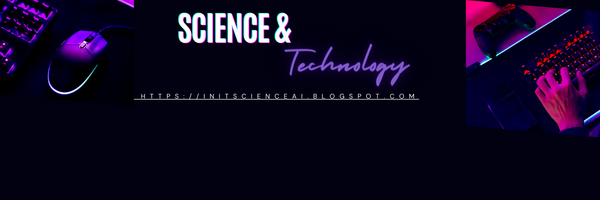Quick Heal Warns of Rising Sophisticated Cyber Threats in 2024: AI-Driven Malware, Deepfakes, and Ransomware Dominate
As the digital landscape evolves, so do the threats lurking within it. In the first half of 2024, Quick Heal has identified a surge in sophisticated cyber threats, with emerging dangers like AI-powered malware, deepfakes, and advanced ransomware posing serious risks. Quick Heal’s Seqrite Labs has highlighted several key trends that individuals and businesses need to be aware of to stay protected in this increasingly complex environment.
You must see: Critical Data: Assessing Threats to National Security in Modern Context
Quick Heal exposes how fraudsters circumvent conventional cybersecurity defenses by utilizing cutting-edge technologies.
The cybersecurity landscape of 2024 presents new and complex challenges that require a proactive and adaptive approach. As cybercriminals continue to develop advanced tactics like file-less malware and deepfakes, robust cybersecurity solutions and user awareness become more crucial than ever. Quick Heal’s comprehensive security measures aim to address these threats, helping users navigate the digital world safely and securely.
For more insights and detailed information on protecting against these emerging threats, visit Quick Heal's Official Website.
By staying informed and adopting strong cybersecurity practices, individuals and organizations can effectively safeguard their digital assets against the sophisticated threats of 2024.
Emerging Threats Identified by Quick Heal
Fileless Malware
Unlike traditional malware, fileless malware infiltrates systems by exploiting legitimate tools and processes, leaving no trace on the hard drive. This insidious approach allows it to evade traditional antivirus scans, making it exceptionally difficult to detect and remove. By embedding itself within the system’s native processes, fileless malware can perform malicious activities undetected, posing a significant challenge for conventional security measures.
You must see: Critical Data: Assessing Threats to National Security in Modern Context
Deepfakes
Deepfakes are AI-generated videos and audio recordings that convincingly mimic real people. This technology is being used maliciously to spread disinformation, damage reputations, and even commit financial fraud. The rise of deepfakes underscores the need for advanced verification tools and heightened awareness about the potential for manipulated content to deceive and mislead.
Ransomware-as-a-Service
The democratization of ransomware through Ransomware-as-a-Service (RaaS) platforms has lowered the entry barrier for cybercriminals. These platforms provide easy-to-use ransomware tools, enabling a broader spectrum of attackers to launch data-encrypting ransomware attacks. The result is an uptick in ransomware incidents, with organizations of all sizes being targeted more frequently.
Insecure IoT Devices
The proliferation of Internet of Things (IoT) devices presents new vulnerabilities. These devices, often lacking robust security features, are increasingly exploited by hackers to conduct large-scale attacks. From smart home gadgets to industrial sensors, the growing ecosystem of connected devices needs stronger security protocols to prevent breaches.
Quick Heal’s Recommendations for Enhanced Cybersecurity
In light of these sophisticated threats, Quick Heal advocates for a multi-layered cybersecurity strategy. Their Total Security solution leverages advanced technologies, including AI and behavioral detection, to provide comprehensive protection against these evolving dangers. Here are some steps Quick Heal recommends:
Educate and Train Users: Raise awareness about phishing, social engineering, and the risks associated with deepfakes among employees and users to foster a security-conscious culture.
Vigilance is Key
As cybercriminals become more sophisticated, staying ahead of emerging threats requires a proactive and adaptive approach to cybersecurity. Quick Heal emphasizes the importance of vigilance, urging businesses and individuals to remain informed about the latest threats and to continuously update their security practices.
Their comprehensive cybersecurity solutions are designed to combat the growing array of digital dangers, helping users to navigate the digital world safely and securely.
For more detailed information on Quick Heal’s cybersecurity solutions and to learn how to protect yourself against these emerging threats, visit Quick Heal's Official Website.
By staying informed and adopting robust security measures, we can collectively fortify our defenses against the escalating cyber threat landscape of 2024.





.jpg)










0 Comments